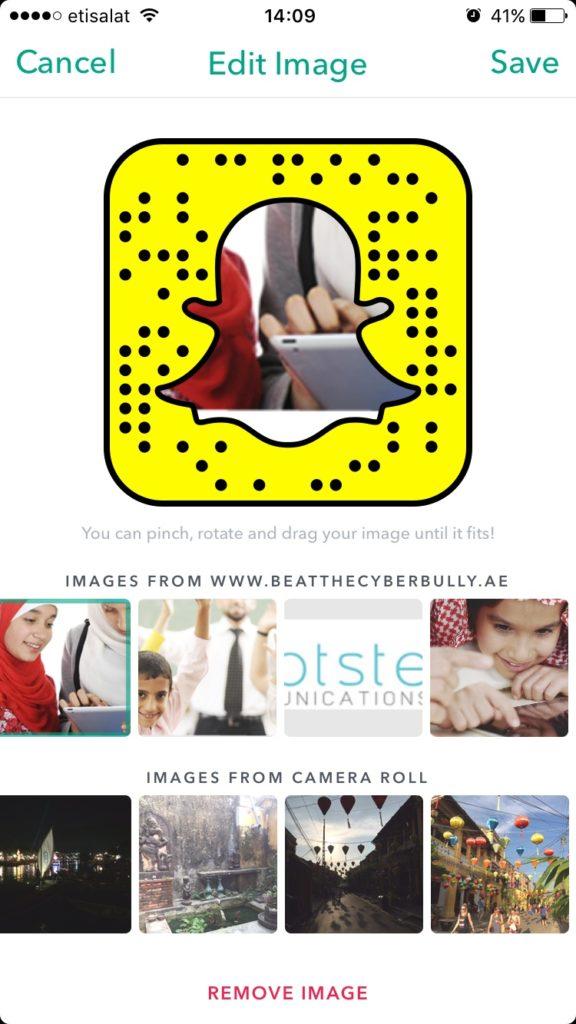Some of you may be aware that Snapchat has been in the news quite a lot recently. They went to IPO not long ago and were touted as the most valuable stock on the market.
That wasn’t strictly true, but they’ve been talked about a lot and more and more people are signing up with the platform, especially in that 11-17 year old demographic.
Not least of which because, aside from going public, they are also consistently innovating. They are also getting somewhat irate at the likes of Facebook and Instagram copying all their innovations.
Can anyone say Facebook/Instagram stories? We wonder where they got that idea from? (clue: Snapchat)
Snap Codes
Something that hasn’t been copied as yet but is coming out of the Snapchat stable is Snap Codes. Currently for iOS users only, you can now create your own snap codes.
Every Snap chat user has their own unique code as as user which any one else using the app just has to ‘snap’ wherever they find it and they become your friend.
What’s happening now is that you can create more snap codes and embed links in them. It’s an easy 3 step process.


- head to settings
- pick Snapcodes and click Create Snapcode
- Enter the URL of where you want your Snapcode to send someone
That’s it. You can add an image if you like and then your Snapcode is ready for public consumption
Potential Danger
As tends to be the way online. People choose to use the technology for good or bad.
The issue we see with Snapcodes is the potential for people to drive unsuspecting young people to content they shouldn’t be seeing.
It’s so easy to create a Snapcode and put any URL you want into that code. This means that sites containing inappropriate content, pornography or graphic violence can be added and snapped by anyone that comes across the Snapcode.
Bear in mind that you can ask Snapchat to email you your Snapcode and it can then be printed and posted in school, at university, at work even. As well as all the online space it could take up.
There is also the opportunity for scammers and phishers to send out codes with
malicious links that could leave you with a serious case of identity theft, or
sharing personal information with criminals and complete strangers.
It’s also noteworthy that once you’ve clicked a link, it’s quite hard to get
out of that specific section.
When Mashable questioned Snapchat representatives on this issue there was no
comment. However, they were referred to ‘Google’s Safe Browsing Service’ which
the app uses and claims it helps ‘warn Snapchatters about suspected phishing,
malware, and other dangerous websites.’
As always what this means is that we as parents, care givers, teachers, uncles
and aunties have a responsibility to be vigilant in educating our children on
the difference between trusted and un trusted sources as well as the age old
lesson. ‘Don’t talk to strangers’.
Are you a parent, teacher or work with young people?
Get Our FREE eBook on Beating Cyberbullying and receive updates on events and special offers.



Recent Comments